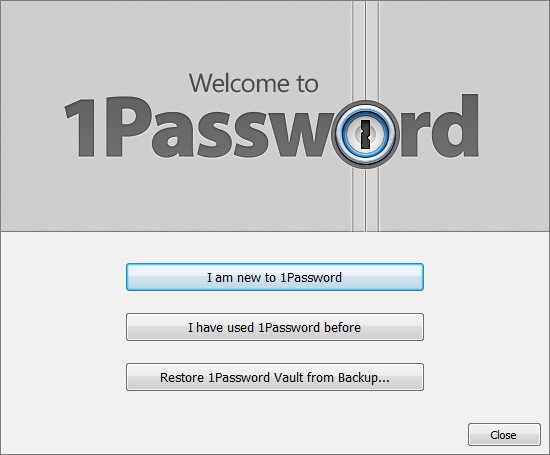

1PASSWORD GENERATE PASSWORD PASSWORD
Don’t switch if you like your password manager: If you’re already using another password manager that you like, there’s no reason to switch to Apple’s password manager.In all likelihood, you already have some login credentials stored there. Start if you’re new to password management: If you have so far resisted adopting a password manager, you should start using Passwords on your Apple devices immediately.

First, let’s dispense with two common scenarios: You might wonder if you need a separate password manager anymore. However, with the release of iOS 15, iPadOS 15, and macOS 12 Monterey, Apple has at long last created a coherent platform-wide interface-the bluntly named Passwords-for viewing, editing, and deleting passwords on each of its platforms. Although they’re free, they’ve been too basic and hard to use over the years, relying largely on an ancient utility called Keychain Access. What we haven’t encouraged as heavily is relying on Apple’s built-in password management features. The item category will be specified by the template, rather than a flag.We continually recommend that every Apple user rely on a password manager like 1Password or LastPass for creating, managing, and entering passwords securely. value is the field's value, and the value can be strings or numbers depending of the field's type.Īfter you fill out the template, you can save it and pass it into the op item create command by using the -template flag to specify its path.label is the display title for the field.If left empty, the CLI will generate an ID. A section may not have multiple fields with identical id values. id is an internal unique key for the field.monthYear - accepts integer values in the YYYYMM format.date - accepts numeric values that represent epoch time.type determines the type of a field, similar to the fieldType in the assignment examples.If the item has multiple sections,Įach of their IDs must be different from one another.Ī field has four keys that should be filled out: The tags flag can also be used to narrow your search when retrieving items.įor example, the command op item list -tags=family,share will return all itemsĪ section's label is the displayed title of the section. -tags Adds tags to the item using a comma-separated list.If left unspecified, a default recipe will be used to generate a 32Ĭharacter password consisting of letters, digits, and symbols. You can specify a password recipe, as shown in the example. -generate-password Generates a strong password for Login and Password category items.When set, 1Password in your browser will suggest the Login item when you visit the webpage. -url Specifies the URL associated with a Login item.If unspecified, the item will be created in your Private vault. -vault Specifies which vault the item should be created in.If unspecified, 1Password CLI selects a default name. -title Gives the item a name so that you can easily identify it.For example, the Social Security Number category can also be specified as socialsecuritynumber. The category value is case-insensitive and ignores whitespace characters. Use op item template list to get a list of category names. -category Sets the item type, in this case a Login item.Here's what each of the above flags does:


 0 kommentar(er)
0 kommentar(er)
